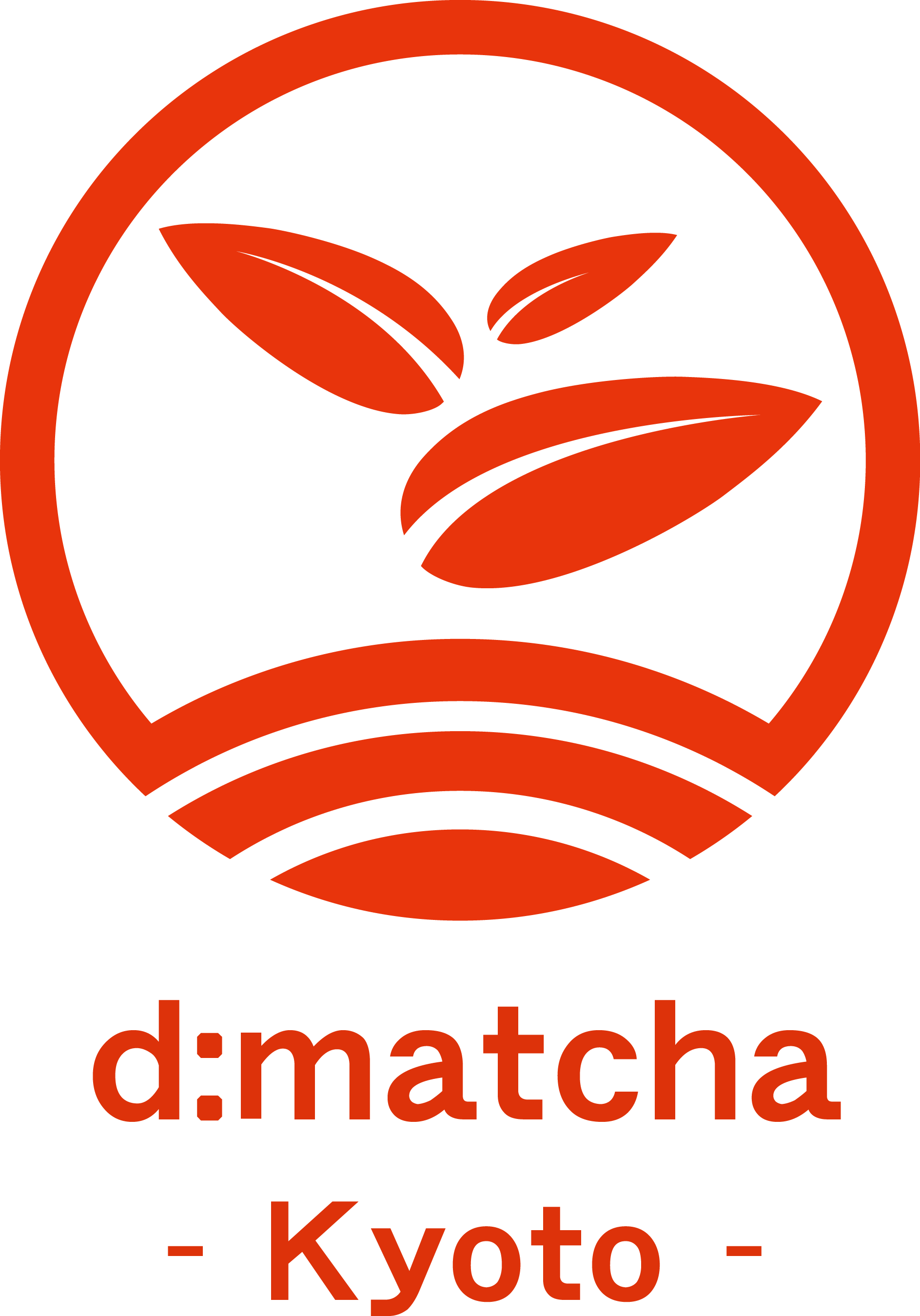[JAS Organic Certified] 2025 Gyokuro
Cultivated variety: Gokou
Farm: Yubune, Wazuka-cho, Kyoto Prefecture
Shading period: 26 days
Cultivation method: Pesticide-free (JAS Organic Certified)
Harvest season: Spring / 1st flush
Gyokuro, the King of Japanese Green Tea
Gyokuro is an exquisite tea known as the "King of Japanese Green Tea," produced through a unique method called "Tana" (shading). It involves shading the tea plants for over 20 days to enhance the richness of its Umami flavor.
d:matcha's Gyokuro is cultivated through organic methods, making it exceptionally rare. The cultivar of this Gyokuro is Gokou which is the special native cultivar of Kyoto Prefecture. The abundance of flavor-packed, tender tea leaves makes it a delectable treat even for insects. This exclusivity allows you to savor the gentle sweetness of nature that only organic Gyokuro can offer.
【How Gyokuro Is Produced】
To cultivate Gyokuro, known for its abundant umami (savory taste), it is crucial to provide sufficient organic fertilizers throughout the year, especially around the summertime. Additionally, using the "tana" technique, we carefully shade the tea buds from an early stage to prevent the transformation of amino acids into tannins.
① What is the "Tana" used in Gyokuro cultivation?
The "Tana" is a structure tent created by covering the tea plantation with black light-shielding sheets.
Why use the "Tana" instead of direct shading?
Though direct shading with black light-shielding sheets is feasible for Gyokuro cultivation, it can damage the new tea buds due to the weight and heat of the sheets. Using the "Tana" allows us to shade the plants from a distance, resulting in higher-quality Gyokuro. However, setting up the "Tana" incurs significant costs. At d:matcha, we collaborated with local tea farmers and installed the "Tana" ourselves.


② What is "Shitate" process?
For teas like Kabusecha and Gyokuro, which have a longer shading period, the tea buds grow more, leading to the inclusion of unnecessary parts like stems during harvest. To ensure the authentic taste of Gyokuro without any impurities, we work with tea merchants to carry out "shitate" processing, where the stems are removed.

Watch the harvesting process for gyokuro to learn more!
The long and cold winter from late last year into early this year made us worry about this season’s tea harvest. As expected, our Sencha yield is about 40% less than last year, which is unfortunate. But with extra care and dedication, we’re happy to share that the quality is even better—smooth, mellow, and deeply comforting. Though the quantity is small, the tea is truly special, and we’re excited to share this joy with you. Let’s enjoy it together!
Additional Information:
- 40 g / 1.41 oz. Approximately 10 servings; please note that each serving can be brewed up to three times using water of different temperature levels.
- Seicha processing: To further emphasise the charm of our tea, d:matcha works closely with wholesalers during the processing phase. After the tea leaves are harvested, rolled, and dried, excess stem or powder are also carefully extracted. These tea leaves are gently reheated, but not to the point of roasting, to further highlight the aroma and taste of the tea.



![[JAS Organic Certified] 2025 Gyokuro](http://dmatcha.com/cdn/shop/files/1_864c8088-1c96-414c-a5c5-d4305d66a52b_860x.jpg?v=1756085807)
![[JAS Organic Certified] 2025 Gyokuro](http://dmatcha.com/cdn/shop/files/2_815a5fda-b6ee-45d3-b855-3fdbb46ff58f_860x.jpg?v=1756085807)
![[JAS Organic Certified] 2025 Gyokuro](http://dmatcha.com/cdn/shop/files/3_bb892325-d4b4-4f3a-a9c4-443421d18fab_860x.jpg?v=1756085807)
![[JAS Organic Certified] 2025 Gyokuro](http://dmatcha.com/cdn/shop/files/IMG_0120_860x.heic?v=1756085807)
![[JAS Organic Certified] 2025 Gyokuro](http://dmatcha.com/cdn/shop/files/IMG_0076_860x.heic?v=1756085807)
![[JAS Organic Certified] 2025 Gyokuro](http://dmatcha.com/cdn/shop/files/IMG_0079_860x.heic?v=1756085807)
![[JAS Organic Certified] 2025 Gyokuro](http://dmatcha.com/cdn/shop/files/IMG_0081_860x.heic?v=1756085807)
![[JAS Organic Certified] 2025 Gyokuro](http://dmatcha.com/cdn/shop/files/IMG_0083_860x.heic?v=1756085807)
![[JAS Organic Certified] 2025 Gyokuro](http://dmatcha.com/cdn/shop/files/506709916_1431491101316236_8060022157722296435_n_860x.jpg?v=1756085807)
![[JAS Organic Certified] 2025 Gyokuro](http://dmatcha.com/cdn/shop/files/1_864c8088-1c96-414c-a5c5-d4305d66a52b_64x64_crop_center.jpg?v=1756085807)
![[JAS Organic Certified] 2025 Gyokuro](http://dmatcha.com/cdn/shop/files/2_815a5fda-b6ee-45d3-b855-3fdbb46ff58f_64x64_crop_center.jpg?v=1756085807)
![[JAS Organic Certified] 2025 Gyokuro](http://dmatcha.com/cdn/shop/files/3_bb892325-d4b4-4f3a-a9c4-443421d18fab_64x64_crop_center.jpg?v=1756085807)
![[JAS Organic Certified] 2025 Gyokuro](http://dmatcha.com/cdn/shop/files/IMG_0120_64x64_crop_center.heic?v=1756085807)
![[JAS Organic Certified] 2025 Gyokuro](http://dmatcha.com/cdn/shop/files/IMG_0076_64x64_crop_center.heic?v=1756085807)
![[JAS Organic Certified] 2025 Gyokuro](http://dmatcha.com/cdn/shop/files/IMG_0079_64x64_crop_center.heic?v=1756085807)
![[JAS Organic Certified] 2025 Gyokuro](http://dmatcha.com/cdn/shop/files/IMG_0081_64x64_crop_center.heic?v=1756085807)
![[JAS Organic Certified] 2025 Gyokuro](http://dmatcha.com/cdn/shop/files/IMG_0083_64x64_crop_center.heic?v=1756085807)
![[JAS Organic Certified] 2025 Gyokuro](http://dmatcha.com/cdn/shop/files/506709916_1431491101316236_8060022157722296435_n_64x64_crop_center.jpg?v=1756085807)
